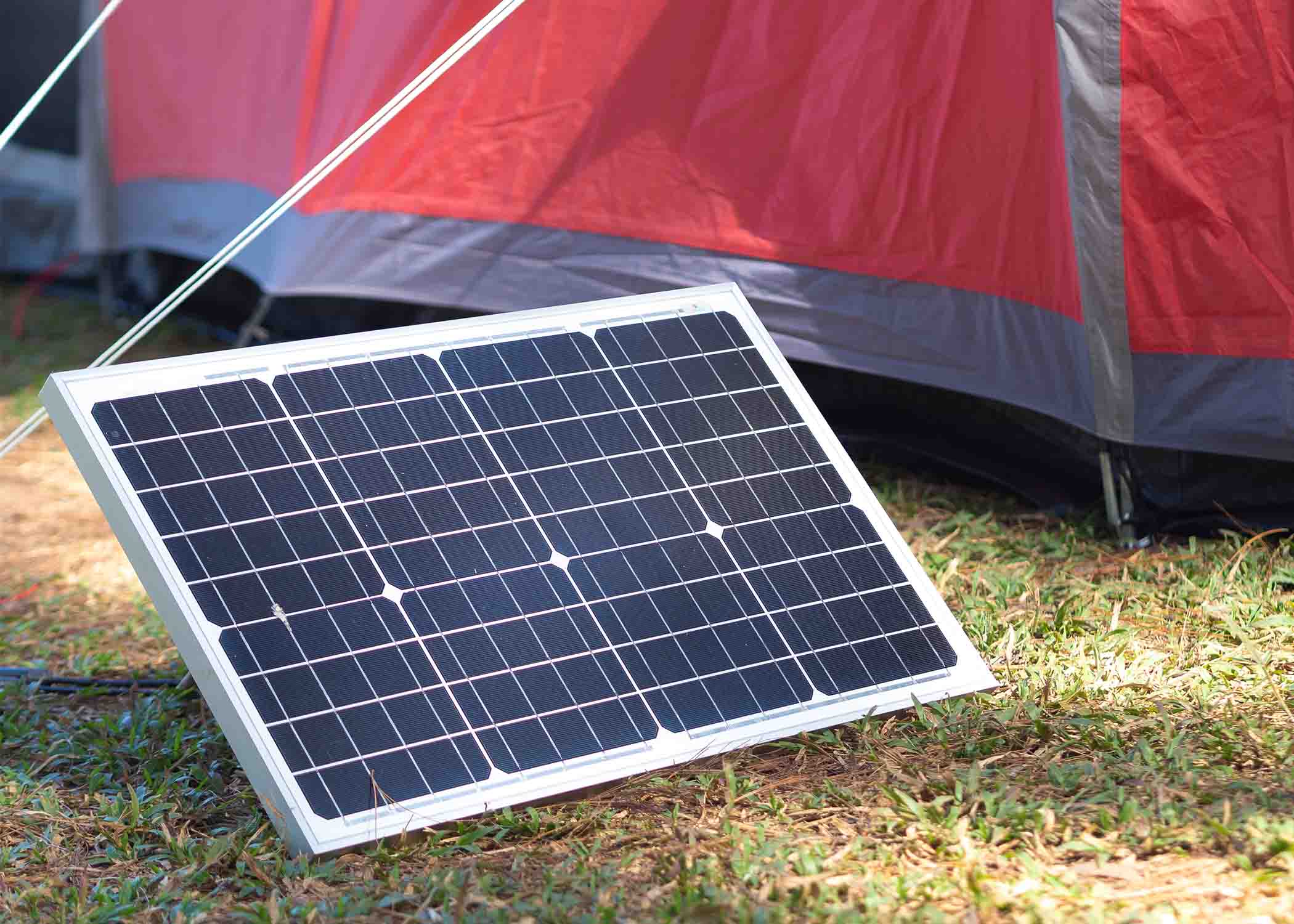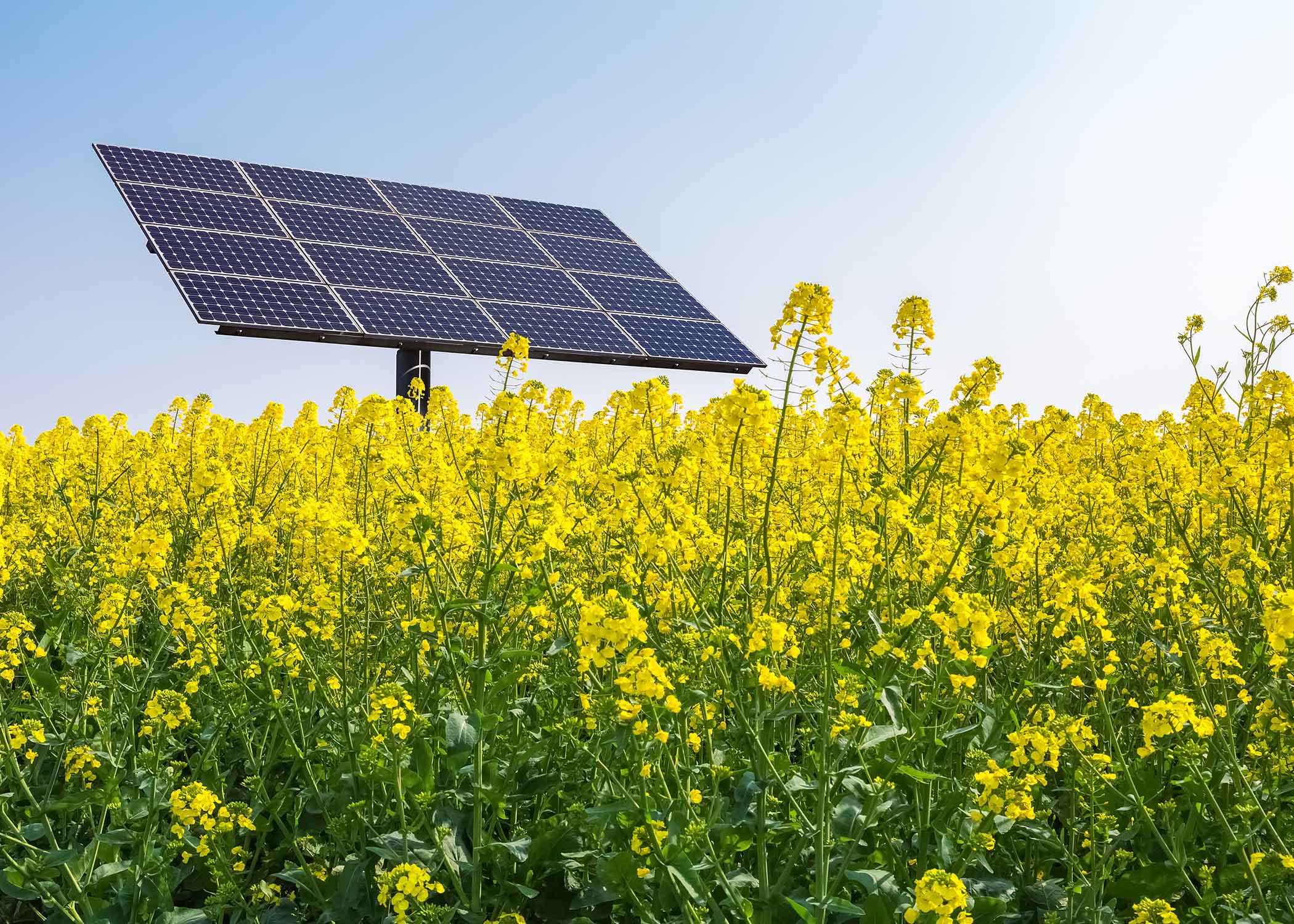How Long Do Solar Panels Last?
25 years (or longer). This is the industry standard warranty from Tier 1 manufacturers. In reality, solar panels can last quite a bit longer than that: the warranty typically guarantees panels will work above 80% of their rated efficiency after 25 years. A study by NREL shows that the majority of panels still produce energy after 25 years, albeit at slightly reduced output.
Investing in solar energy is a long-term commitment. The up-front cost can be hefty, but the investment pays for itself over time through tax incentives and monthly savings on your energy bill.
Investing in solar energy is a long-term commitment. The up-front cost can be hefty, but the investment pays for itself over time through tax incentives and monthly savings on your energy bill.
For people trying to calculate the value of their investment over time, one of the first questions we receive is: “how long do solar panels last?”
Panels are typically warrantied for 25 years, so you can expect them to last at least that long. But in reality, studies have shown panels continue to operate at reduced efficiency long after the warranty expires.
Let’s do a little math: solar panels suffer a 0.5% to 1% efficiency loss every year. At the end of a 25-year warranty, your panels should still produce energy at 75-87.5% of their rated output.
According to an NREL study [PDF], nearly 80% of solar panels last longer than their warranty.
Standard Solar Panel Warranties
The typical warranty for solar panels is 25 years. During this period, manufacturers guarantee that panels will operate at or near peak efficiency. Most panels are covered to produce at least 80% of their rated output over the life of the warranty.
For example, a 300 watt panel should produce at least 240 watts (80% of its rated output) at the end of a 25-year warranty.
Some companies offer 30 year warranties or promise 85% efficiency, but these are outliers. The standard is 25 years at 80% efficiency.
Solar panels also have a separate workmanship warranty, to cover any manufacturing defects, such as a faulty junction box or frame. Typically the workmanship warranty is 10 years, with some manufacturers offering a 20 year workmanship warranty.
So…How Long Do Solar Panels Last, Really?
So what happens after the 25 year mark is up? Panels that output at 80% efficiency still work, right?
There aren’t any tricks here – the answer is yes! If your panels still output energy, there’s no real reason to replace them.
Panels frequently produce energy long after their warranty expires. According to a 2012 study by the National Renewable Energy Laboratory [PDF], the average degradation rate for panels is between 0.5% to 0.8% per year.
Degradation rate is the rate at which solar panels lose efficiency over time. A panel with a degradation rate of 1% per year will be 10% less efficient after 10 years.
In fact, 78% of systems tested had a degradation rate of less than 1% per year. That means that after 25 years of use, about 4 out of 5 solar panels still operate at 75% efficiency or better.
At this point, it’s fair to estimate your solar panels will still produce energy in some capacity, long after the warranty is up. For a great example, check out this 30-year old panel featured in Green Building Advisor. When the owner pulled it off his roof and ran it through tests, it still performed better than the factory specifications.
Here’s What That Means For Your ROI
That’s good news if your main concern is making a positive return on investment (ROI) on your system.
Most online calculators that estimate solar savings base the calculation on a 25-year warranty period. Any extra mileage you get from your panels is an added bonus.
Is solar a smart investment? Use our Solar ROI Calculator to estimate your payback period – how long it will take for tax incentives and energy bill savings to pay for the upfront cost of your system.
We can’t guarantee panels will outlive their warranty (that’s the point of a warranty, after all). But in reality, most panels keep producing at reduced capacity long after their lifespan should be up. This is because solar panels don’t have any moving parts, and therefore tend to be extremely reliable.
If your solar system is paid off and your panels keep producing, your ROI will stretch far beyond the estimate provided to you by any online calculators (including ours).
Want to give your panels the best chance to outlast their warranty? A little effort goes a long way to keeping your system running smoothly.
How to Extend the Life of Your System
Keep in mind solar panels are likely going to be the most resilient part of your solar system. You’ll still need to maintain or replace inverters and batteries to keep everything running.
Inverters have a shorter lifespan than your panels, and will need to be replaced regardless of what type of system you have. If you’re off-grid (or grid-tied with a battery backup), battery maintenance and replacement will add extra costs for you down the line.
The best way to protect your investment is to inspect the system thoroughly upon installation. Check your racking to make sure the panels and wiring are secure. The biggest threats to the life of your panels are physical damage or electrical failure due to subpar installation.
Replace Inverters After 10 Years
Most grid-tie inverters have a 10-year warranty, and many manufacturers give the option to upgrade to 20 to 25-year warranty coverage.
Warranty extensions for inverters are a smart investment. It’s safe to assume you’ll replace your inverter at least once before the warranty on your panels is up. If your inverter fails 15 years down the road, it will likely be replaced with a newer and better model.
Check with the inverter manufacturer about their extended warranty options and policies. Extended warranties are purchased directly from the manufacturer. SMA and SolarEdge currently both offer modestly priced inverter warranty extensions.
Off-grid inverters have shorter warranties. They range from 1-5 years, with extensions up to 10 years available for a few models.
When you purchase an extended warranty, look over the little details carefully. Some cover the cost of parts, but not the cost of labor.
This might not bother you if you plan on swapping out the inverter yourself. But you may pay out of pocket if you need a contractor to replace the inverter down the line.
Maintain and Replace Batteries
Battery maintenance and replacement is one of the main expenses associated with off-grid systems. Even lower-upkeep battery types, like lithium and sealed lead acid batteries, still need to be inspected a few times per year.
Most batteries come with a warranty of 3-10 years, depending on the brand. But if you don’t care for your batteries properly, they can fail within the first year of ownership.
For example, lead acid batteries need to be fully recharged after being used, and they will be permanently damaged if they sit for extended periods without being recharged.
Most high-quality off-grid deep cycle batteries will last between 5-15 years, depending on the battery type and how they are used and maintained. You can extend the life of your batteries by caring for them properly and by ensuring they’re installed correctly.
The best thing you can do is design your system properly from the start. Account for the proper amount of battery capacity, solar power, and inverter output up front to keep everything working properly.
Account For Efficiency Loss
Here’s the main takeaway: it’s highly unlikely that you will need to replace your solar panels before the warranty is up. Solar panels last a long time – longer than the other parts of the system.
However, the efficiency loss may mean your system no longer covers your energy needs. If your system output shrinks (or your energy usage grows), it’s possible to add capacity to your system, assuming the old and new parts are compatible. For more on that process, see our guide to expanding your solar energy system.




